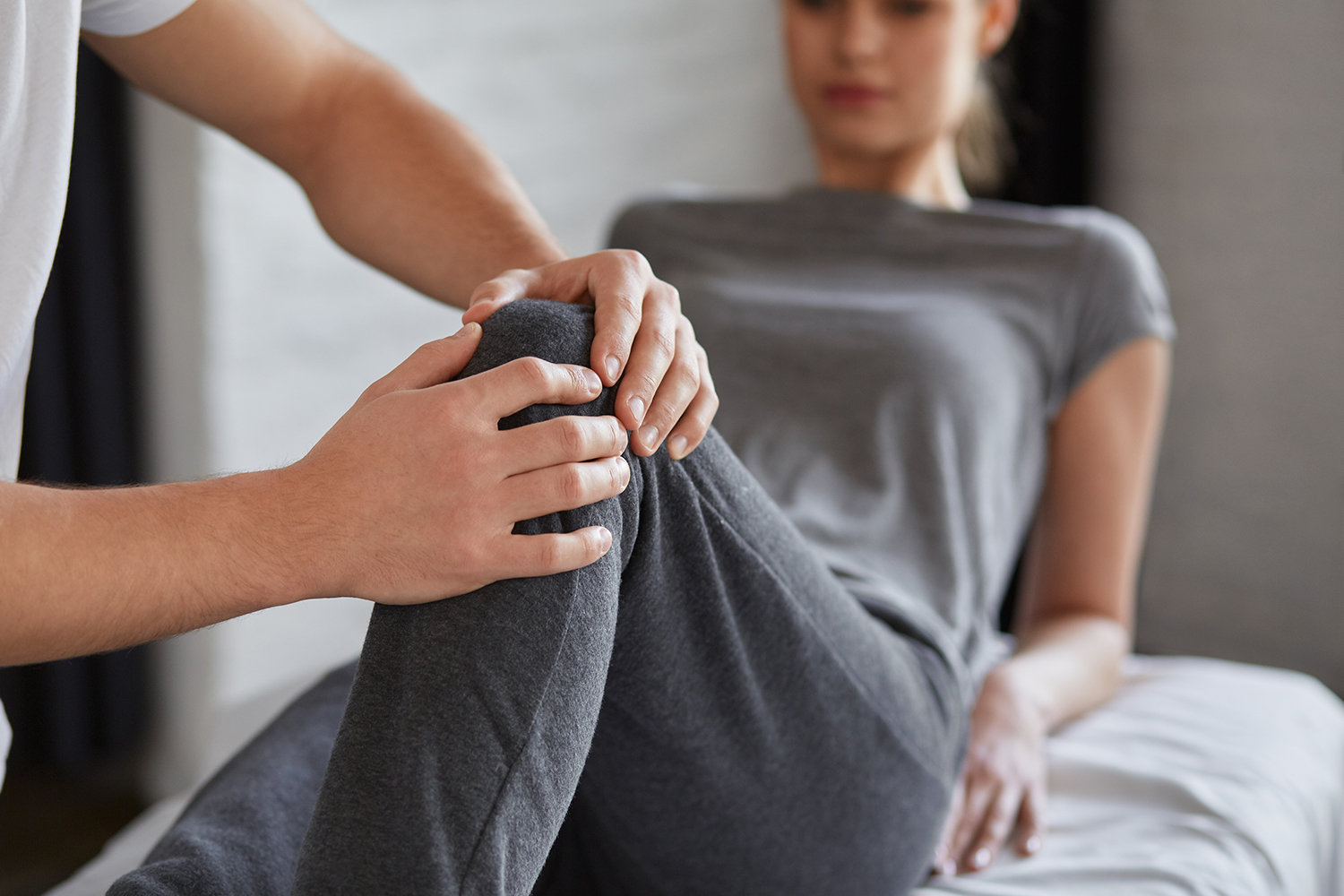10.14.2024
By uscbknpt
Meeting the Needs of the Female Athlete

PhD student Bailey McLagan MS ’23 awarded a Therabody grant to better study the role of female hormones on exercise recovery.
BY ANDREW FAUGHT
WITH SUPERSTAR ATHLETES such as gymnast Simone Biles and basketball player Caitlin Clark fueling new interest in women’s sports, there’s also been a push to create better understanding of muscle wear and tear in women after rigorous physical activity.
“Most of our understanding of exercise is from models developed on male populations,” says Bailey McLagan, a PhD student who is conducting research that casts a light on the role of female hormones on post-exercise muscle repair. “It’s unclear right now whether or not those are working for female participants.”
This past summer, McLagan was awarded a research grant from Therabody, a wellness technology company known for its Theragun percussive and medical devices. “As women have been underrepresented in research for decades, it is our aim to do our part to change that,” Therabody’s Head of Scientific Research Rachelle Reed says. “Between our research history with Bailey and Dr. Schroeder and our partnership with USC, we know that sponsoring this work will help us move the needle.”
Dispelling the Myths
McLagan is considering the role of the female hormones estrogen and progesterone in recovery. The research is the subject of her dissertation, titled “Examining the Role of Female Endogenous Sex Hormones in Recovery Following Eccentric Exercise,” which is studying damage to two workhorse muscles: the quadriceps and hamstrings.
The research also will consider the three phases of the menstrual cycle, and whether a woman is more likely to experience muscle damage in any particular phase.
McLagan plans to study 33 participants, using a Mira fertility tracker to measure hormone levels in urine and verified blood tests after exercise. Participants will be asked to rate their soreness levels immediately after exercising, and at 24- and 48-hour intervals thereafter.
McLagan is doing her research in conjunction with the USC Clinical Exercise Research Center. Lab Director and Professor of Clinical Physical Therapy E. Todd Schroeder says the program is encouraging more research around women’s health.
McLagan’s work is challenging some common assumptions, Schroeder notes. The Internet is replete with speculation that McLagan could help to quell, he adds.
“Everybody says, ‘this is when you need to train during your menstrual cycle,’ but there’s no science behind it,” says Schroeder, who, as McLagan’s mentor, praises her research instincts. “She’s outstanding, intelligent, and she works overtime to get things done.”
McLagan says she first developed a passion for human physiology as an undergraduate at the University of Colorado. She’d go on to earn her master’s in biokinesiology at USC, where her thesis considered the effectiveness of a Therabody electrical stimulation device for easing menstrual cramps.
While millions of dollars are spent researching the impacts of exercise on males, a scant 6 percent of studies focused on women in 2021, according to a review of six sports science journals.
“It wasn’t that long ago that people thought that physical activity would lead to a woman’s uterus falling out,” McLagan says. “So, while there’s been a steady incline in the participation of females in sport, there hasn’t been research that necessarily supports that increase.”
But there’s something more that drives her: “A large part of why I love the work that I do is I get to have conversations that people aren’t comfortable talking about. I want to encourage women to be active, and I want to normalize these discussions.”

